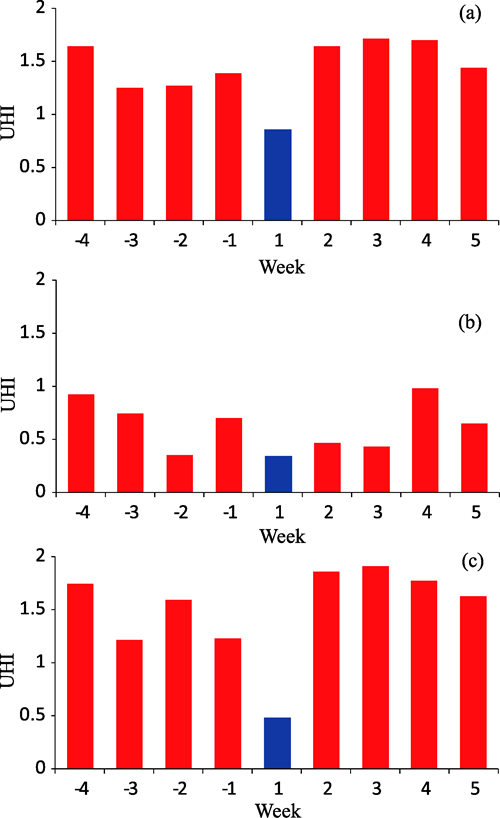
People are more mobile than ever before. During the Chinese New Year (CNY), many Chinese people leave big cities for family reunions or other purposes, and the mass movement during the Chinese New Year is the largest annual human migration in the world. However, how such mass human migration during the CNY holiday affects the urban heat island (UHI) is still unknown.

8-hour tracks of human migration on 26 January 2014 during CNY holiday (screenshot from http://qianxi.baidu.com/)
Scientists from Institute of Atmospheric Physics, Drs. WU Lingyun and ZHANG Jingyong, together with Dr. SHI Chunxiang investigated the role of modern human migration for the UHI effects during the CNY holiday for the period of 1992–2006 in Harbin City, Northeast China. The results show that during the CNY week, the UHI effects expressed as daily mean, maximum, and minimum temperature differences between urban and rural stations averaged over the period of 1992–2006 are 0.65°C (43%), 0.31°C (48%), and 1.14°C (71%) lower than during the background period (four weeks before and four weeks after the CNY week), respectively. These changes are all significant at the 95% confidence level by Student’s t-test.
The reduced population during the CNY holiday in the urban area of Harbin City leads to less human activities, which result in less anthropogenic heat emissions and also affect other processes, thus significantly reducing the UHI effects. The findings identify previously unknown impacts of modern mass human migration on the UHI effects.

Weekly means of the UHI effects during day −28 to day +35 averaged over the period of 1992–2006 in Harbin City: (a) DTmean, (b) DTmax, and (c) DTmin. The CNY week is denoted as week +1, one week before as week −1, one week after as week +2, and so on. (Image by IAP)

86-10-68597521 (day)
86-10-68597289 (night)

86-10-68511095 (day)
86-10-68512458 (night)

cas_en@cas.cn

52 Sanlihe Rd., Xicheng District,
Beijing, China (100864)

